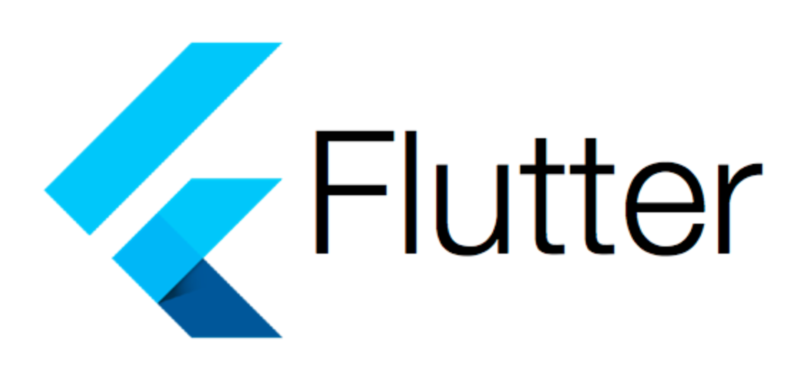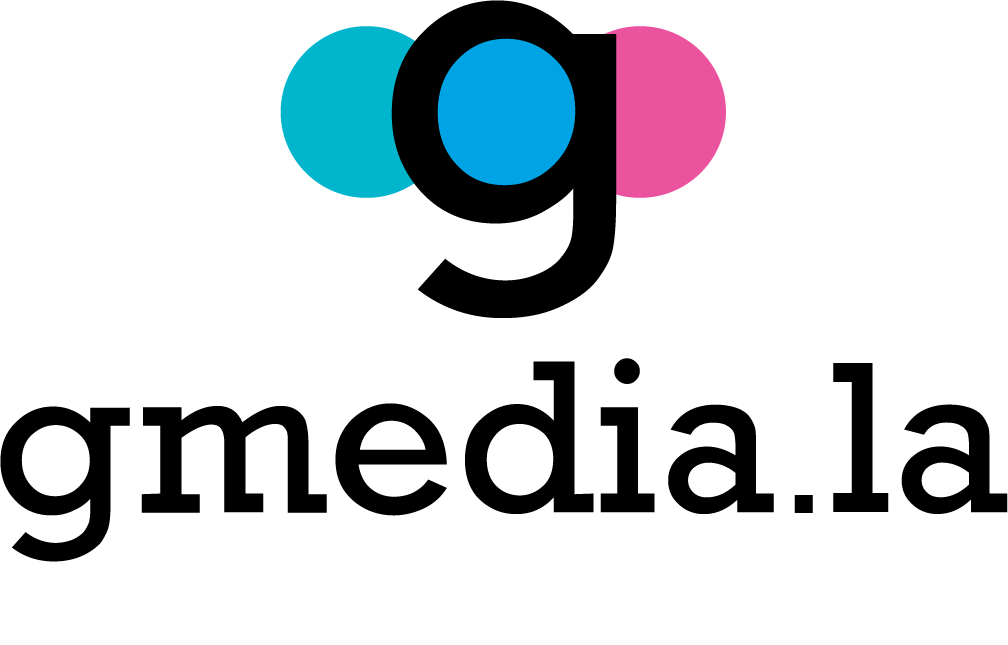Today, mobile devices are at the center of communication, and mobile applications are needed to connect. In fact, one of the goals when releasing an application is that it stands out and connects with the target and, to succeed in this, the idea, features, and interests of the target audience should match. In the same way, the framework lies among the most important aspects to consider since it determines the set of features and productivity.
There is a wide variety of frameworks to choose from and, among them, the ones that work across platforms are popular because they represent the most cost-effective way to increase the app’s reach.
The two most popular frameworks in the world of cross-platform solutions are Flutter and React Native. One has been in the context for a while and the other is new, yet has managed to conquer developers. Which one to choose? Here we present some characteristics of each with its pros and cons.
React Native

React Native uses JavaScript to build mobile apps with the help of React. Therefore, it relies on some of the most known tools of the programming world, representing almost no barriers for developers familiarized with those languages.
Some of the advantages of React Native are:
- It allows developers to create the same testing on the code for Android and iOS, reducing extra costs for separate tests.
- Fast Refresh, a feature that allows developers to see the impact of code changes instantly, without rebuilding the app.
- It is a mature system, with reliable performance and a network with vast resources.
- Since it uses JavaScript, developers can create mobile apps for Android or iOS that share the code with websites.
Meanwhile, its disadvantages are:
- It only has a few basic components out of the box. You can use outside tools, but it demands more time and costs.
- Though it has lots of connectible native libraries, some may not fit to implement the functionality of your tool.
- The app will likely be bigger than a native one since they need to run the JavaScript code through a layer or bridge.
Flutter

Flutter is more of a UI software development kit that packs widgets and tools to create mobile apps. Since its appearance in 2018, it has developed a polished framework that supports a variety of platforms.
Some of its advantages are:
- Faster development and deployment thanks to features like “Hot reload” which compiles the code ahead of time and displays a preview.
- Rich in feature interfaces and widgets that allow developers to create the same app for two different platforms, reducing the number of tests needed, just like React Native.
- Proper rendering thanks to its compatibility with older devices starting from 5.1.1 for Android and iOS 8 for iOS.
- Superior performance thanks to its high-performance rendering engine and its UIs that only redraw when a view changes.
Its disadvantages are:
- Though it has a stable separate UI, project files occupy more space compared to those created with other tools.
- Flutter uses Dart, a very young programming language when compared to JavaScript. Its newness means you will likely have to learn a whole new language to be able to use Flutter.











